If you read my recent post about eating as stewardship, you may be wondering: Where do I begin?
You may be curious about trying out a movement toward Michael Pollan’s suggestion, “Eat food. Not too much. Mostly plants.” However, when putting dinner on the table each night can already be a struggle of its own, how is one supposed to find the energy to make meaningful, sustainable changes?
The key thing is this: incremental change. (In other words, “baby steps.”) Don’t expect to go from zero to 100 overnight. If you want to make changes that will last, remember that this is for the long haul. It takes time to form new habits and reshape old ones. Embrace this fact so you can remain inspired and see the process for what it is: a journey.
Want to eat more plants?
Here are a few places to start:
1. Choose one night a week to make meat- (and/or dairy-) free.
Start small. You don’t have to overhaul everything right away. Introduce one new plant-based recipe that you can make each week. As you get more comfortable, you might diversify that one dish or swap it out with another new dish.
Additionally, if you’re up for a bit more change than this, consider taking an audit of your typical weekly meal composition. In other words, how many meals a week include meat, dairy, or eggs? (Also note which feature animal products, meaning that this ingredient is either the bulk of the volume or the calories.) If you want to go beyond one meatless (or DF, etc.) meal a week, consider what feels achievable on a weekly basis.
Once you’re ready to go further, see how many breakfasts you can make fully plant based. If you skip eggs and breakfast meat most days and swap out dairy milk for plant-based milks, it is very easy to make breakfast 100% plant-based. Options abound: oatmeal, muesli, and other whole grain porridges (like millet, buckwheat, and quinoa), smoothies, avocado toast, tofu scrambles, and so much more.
2. Figure out what plants you already like best and plan meals around those.
When first attempting to change the way you eat, simply the idea that you’re making a change can make it exponentially more difficult to figure out what to eat. You may find yourself thinking about or operating based on nebulous “shoulds” or simply just feeling confused or stuck.
Rather than imagining there is a “right way” to shift toward eating more plants—and there is no singular “right” way—start with what you already like. This is the surest way to succeed.
I of all people know that we can get into food “ruts.” Especially when life feels very full and we’re on the brink of decision fatigue daily, we sometimes give very little thought to our meal planning. Just like going to your favorite weeknight meals, consider plant-based and plant-forward options that star your favorite veg and legumes. In colder months, this might be a simple lentil soup with a side salad and slice of whole-wheat bread. It could be a roasty pan of veg and beans or tempeh. In warmer months, maybe it’s plant-based tacos (black beans, mushrooms, quinoa, etc.) or Asian-inspired lettuce wraps.
I realize that I have been focusing largely on dinners, but this goes for breakfast, lunches, and snacks, too. If you already love oats, find a variety of versions of oatmeal and muesli to mix it up throughout the week or month. Maybe you’re a smoothie person—what additional plant ingredients might you toss in before blending? Do you enjoy hummus? Opt for hummus and veg instead of a meat stick for a hearty midday snack.
3. Choose a few swaps to try.
Swap out dairy milk for a plant-based alternative like soy or oat. Bake muffins and quick breads with avocado oil or cold-pressed canola oil instead of butter. Try spiced-up tofu as a breakfast scramble instead of eggs. Use EVOO (extra virgin olive oil) on bread instead of butter, or whole food fats like avocado or nut butters. Swap out meat for legumes and mushrooms—even other veg like cauliflower “steaks.”
As I stated above, don’t try to change everything at once. Start with one or two, and see how things go. Once you get the hang of it and find uses that work well, pick another to try when you’re ready.
Of particular note, when omitting meat from your diet, you’ll likely be missing the umami component—this is the savory, delicious, “meatiness” of meat. This can be found in numerous plant products, especially those like mushrooms, lentils, tempeh, tamari (soy sauce), miso, and yeasty things like sourdough and nutritional yeast. This can easily be compensated for by adding in these ingredients to a dish. For instance, I made a killer Christmas lasagna with tofu ricotta—the “cheese” features some nutritional yeast to help it mimic that umami component that dairy cheese has. (Not to mention the “meaty” mushrooms and briny capers that featured in the lasagna as well.)
4. Start small and work your way up.
The key to this journey of eating more whole plants is sustainability. You’re not going to change habits overnight, and you won’t be able to stick to something that isn’t familiar. The process of change needs to be gradual if it is going to stick.
Moreover, your palate needs time to adjust. Taste is habit. (But habits can change! It just takes time and intentionality.)
To be honest, as much as I used to love a classic charcuterie board, now when I see big spread of meat and cheese, I’m not very enticed. Don’t get me wrong—I do still enjoy a lovely cheese with bread and wine on occasion, but all the meat and the various kinds of cheese just make me feel heavy . . . even just looking at them. This is evidence of the power of taste as habit.
Keep reminding yourself: progress over “perfection” (whatever that is). One step at at time.
5. Emphasize abundance, not restriction.
This last tip is about mindset. Your perspective toward food plays a significant role in your actions with regard to what you’ll put on your plate and into your mouth. Moreover, it is vital to foster a healthy relationship with food. A mindset of restriction can lead toward eating disorders. On the flip side, a mindset of abundance can help to guard against such unhealthy relationships with food.
If you focus on what you can’t have, you are far more likely to have a negative experience. You will be thinking about what you’re missing—what’s not there—rather than enjoying what is on your plate.
Rather, if you focus on abundance and variety—look at all the beautiful colors on this plate! All the textures! All the flavors!—then you’re more likely to have a good experience.
When aiming to add more whole plants to your diet, get curious and excited about what you can add. Promoting a focus on the abundance of delicious, healthful plant foods will help to crowd out (or at least reduce to a small, supporting role) the foods that are less health promoting.
In summary . . .
Start where you are. Start with what you like. Get curious. Try something new. Take it slow.
Lastly, pay attention to how you feel. As you continue to incorporate more plants, you may feel great. If so, keep it up! If, however, you begin to feel some GI discomfort, you may need to slow down on your increase of fiber. Don’t see GI discomfort as a sign that something is necessarily wrong. Check in with your healthcare practitioner with any questions you may have, but just know that dietary adjustments affect all the lovely friends in our guts (our gut microbes). Discomfort is not necessarily a sign of something being wrong—often it is simply a bump in the journey to better health as your body adjusts to the good things it has not been used to processing. (If you have concerns, please see your doctor.)
(*For more on fiber intake and increasing diversity of plants’ affect on our bodies, see the work of Dr. Will Bulsiewicz, including his best-selling books Fiber Fueled and The Fiber Fueled Cookbook.)

How about a freebie?
Want to bring a few more simple plant-based recipes into your kitchen and repertoire?
Like what you see?
Sign up for email updates when new posts are shared:

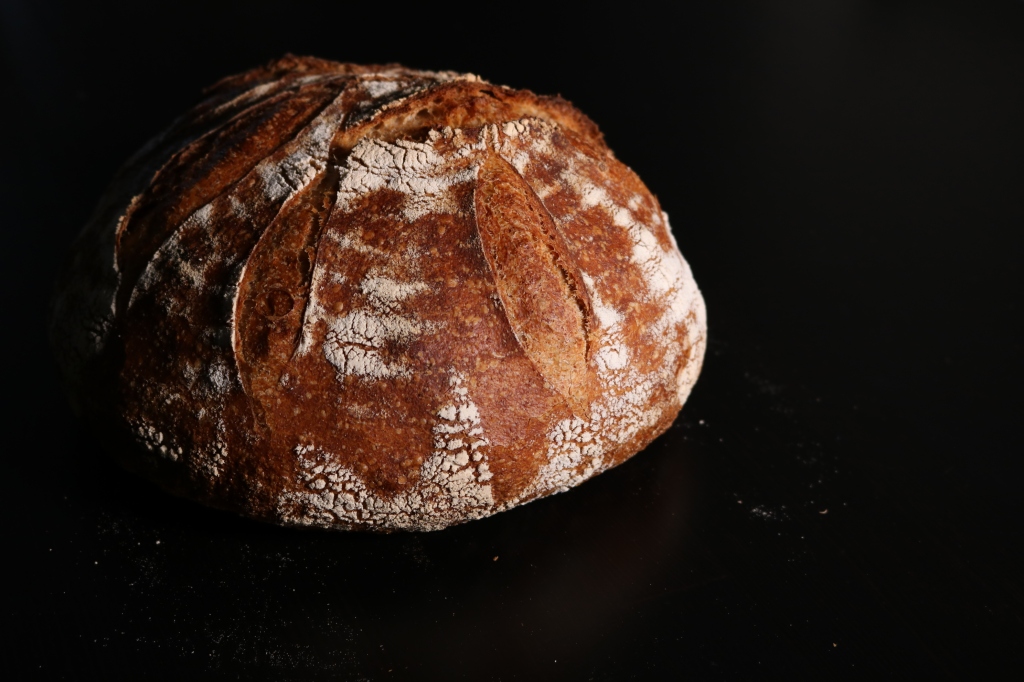
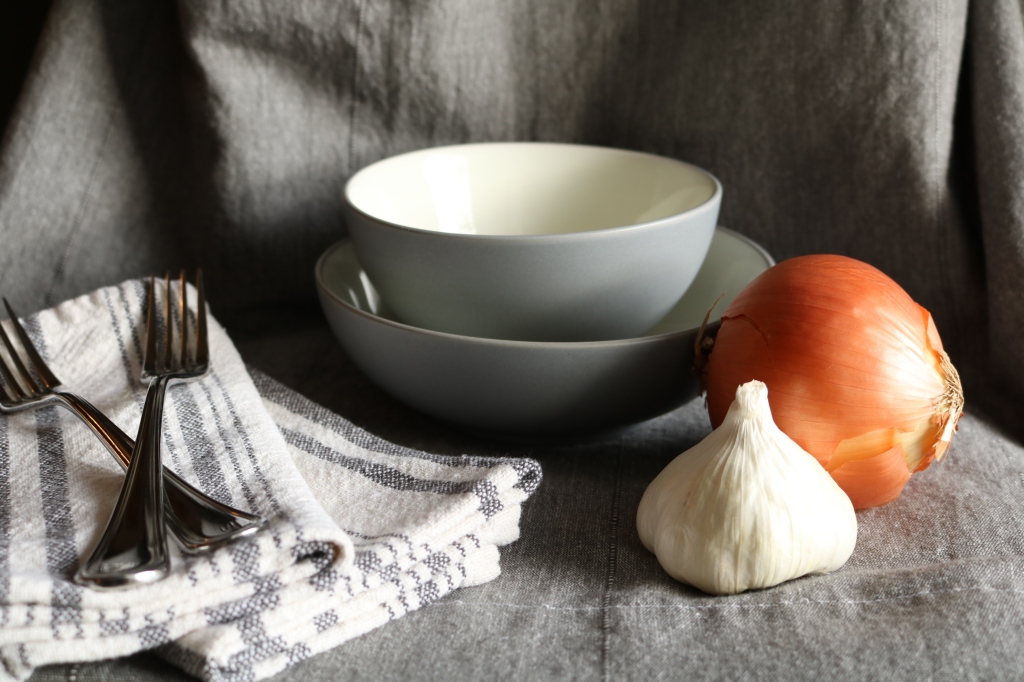
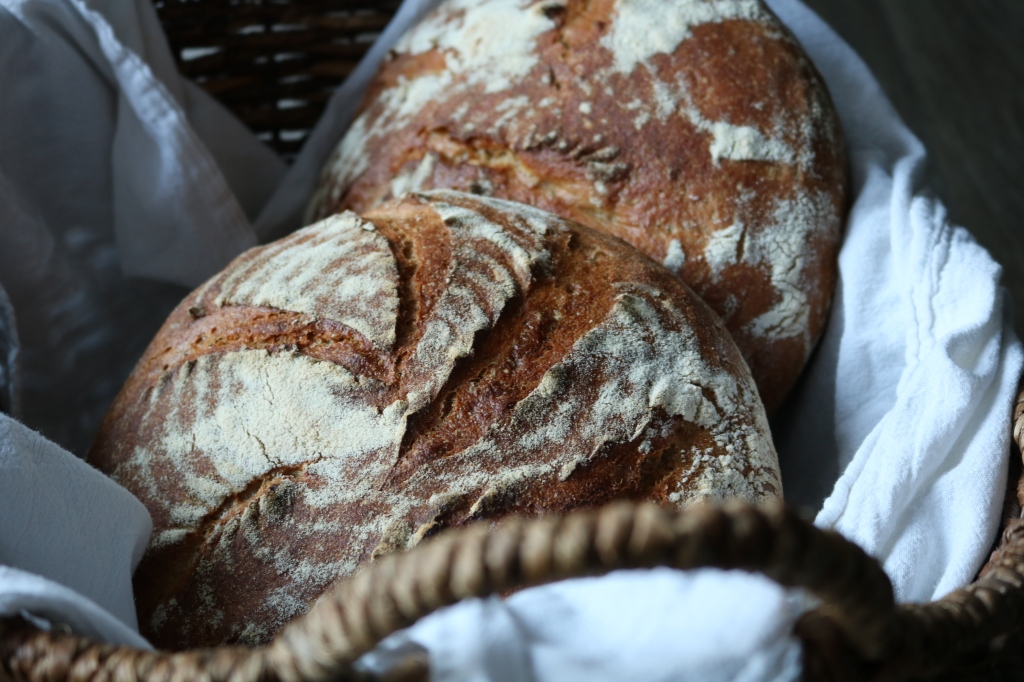

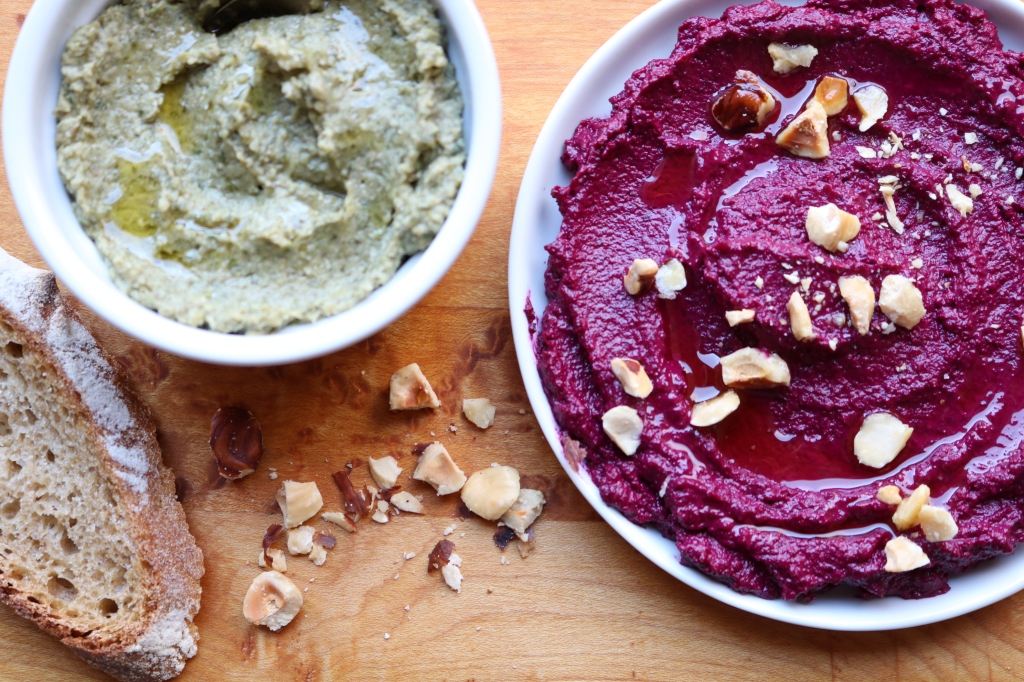
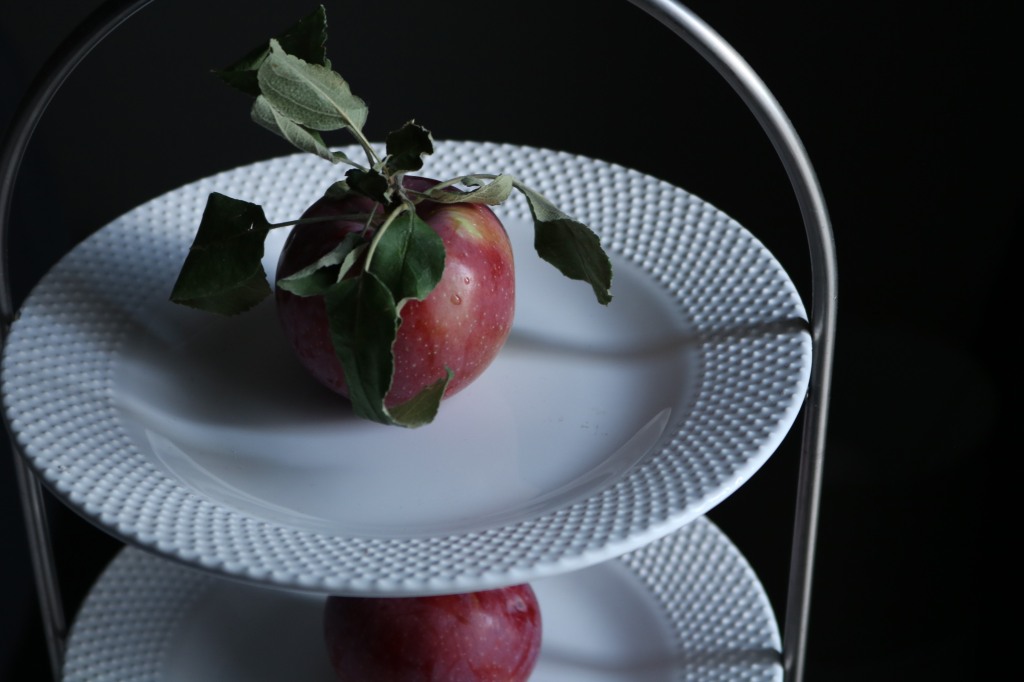

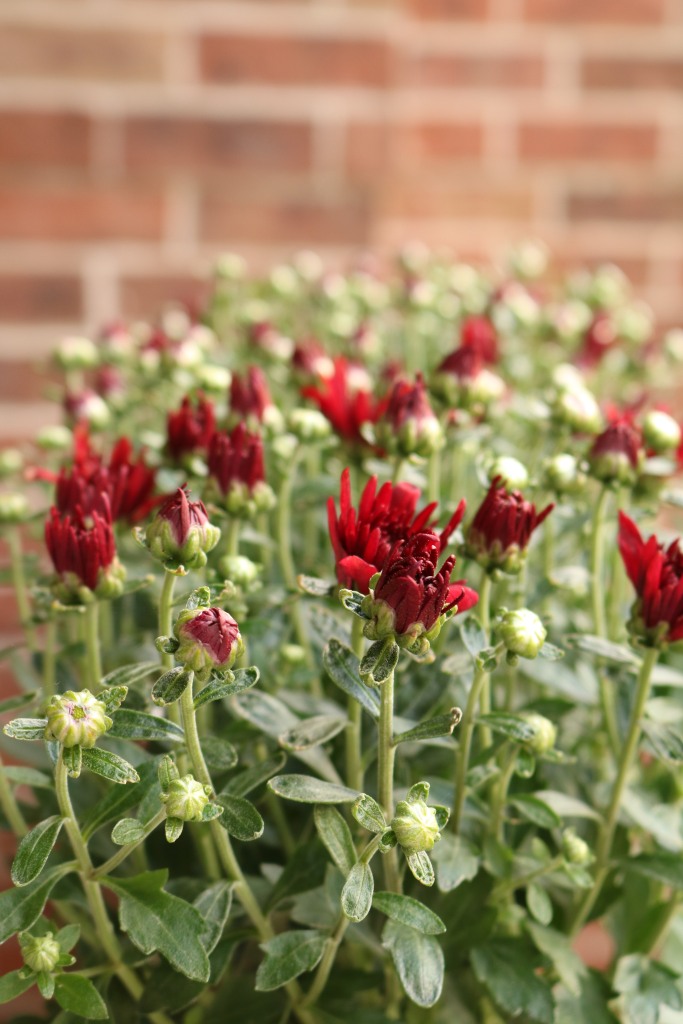
One thought on “Eating More Plants: Where to Begin?”
Comments are closed.